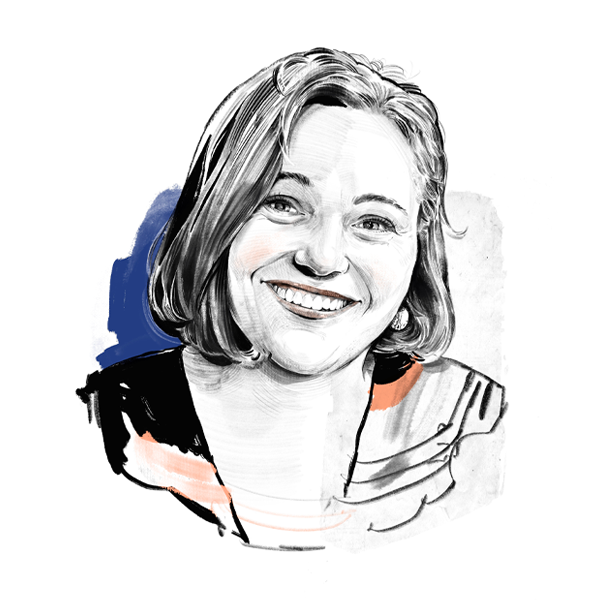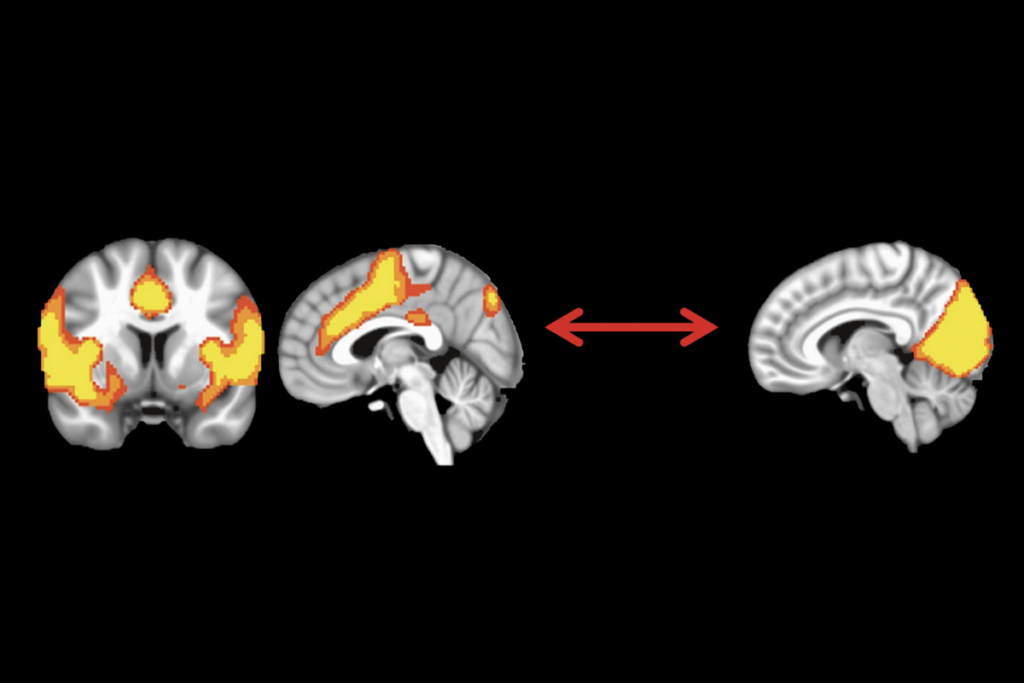Emily Singer commissions and edits scientist-written content and develops new resources for the community. She joined The Transmitter in 2023 and has previously held a variety of editorial roles at the Simons Foundation, including editor for neuroscience collaborations, and senior biology writer and contributing editor at Quanta Magazine. Before joining the foundation, she was biomedical editor at Technology Review.

Emily Singer
Chief opinion editor
The Transmitter
From this contributor

Parents turn their skills to furthering autism research

Gender differences take center stage at autism conference
Education
- Certificate in science communication, University of California, Santa Cruz
- B.A. in biology, University of California, Santa Cruz
Fellowships
- AAAS Mass Media Fellowship
Explore more from The Transmitter
Developmental delay patterns differ with diagnosis; and more
Here is a roundup of autism-related news and research spotted around the web for the week of 14 April.

Developmental delay patterns differ with diagnosis; and more
Here is a roundup of autism-related news and research spotted around the web for the week of 14 April.
‘Natural Neuroscience: Toward a Systems Neuroscience of Natural Behaviors,’ an excerpt
In his new book, published today, Nachum Ulanovsky calls on the field to embrace naturalistic conditions and move away from overcontrolled experiments.

‘Natural Neuroscience: Toward a Systems Neuroscience of Natural Behaviors,’ an excerpt
In his new book, published today, Nachum Ulanovsky calls on the field to embrace naturalistic conditions and move away from overcontrolled experiments.
Functional MRI can do more than you think
Recent technological advances provide a range of new and different information about brain physiology. But taking full advantage of these gains depends on collaboration between engineers and neuroscientists.

Functional MRI can do more than you think
Recent technological advances provide a range of new and different information about brain physiology. But taking full advantage of these gains depends on collaboration between engineers and neuroscientists.